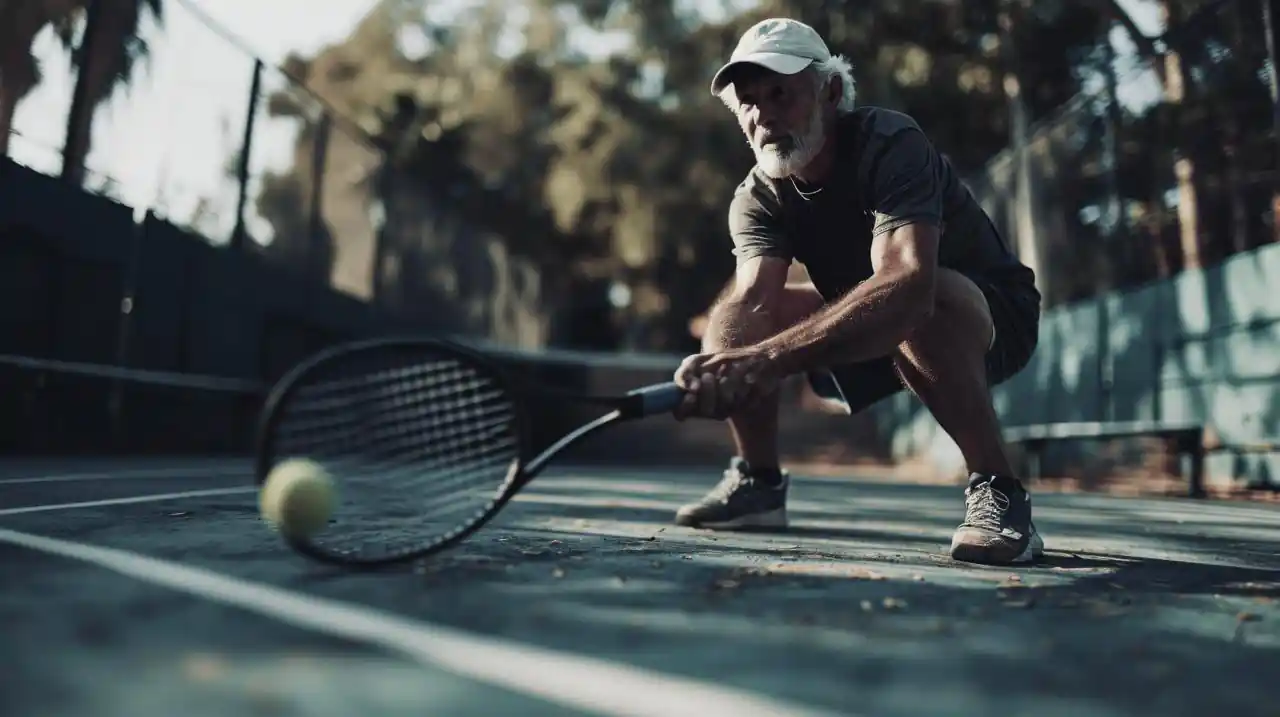Services of Sports Injuries

Schedule your appointment with us for expert care and support.
Book AppointmentRotator Cuff Repair
Rotator cuff repair is a surgical procedure aimed at treating a torn rotator cuff in the shoulder. The rotator cuff consists of a group of muscles and tendons that surround the shoulder joint, providing stability and facilitating arm movements. Tears in the rotator cuff often result from overuse, trauma, or degenerative changes. Rotator cuff repair surgery aims to relieve pain, restore shoulder function, and prevent further damage. In many cases if not done the shoulder joint functions in a pathological fashion and wears out warranting much more drastic surgical options.

Pre-Procedure Preparation
Before undergoing rotator cuff repair, patients undergo a thorough evaluation, including a physical examination and review of medical history. Imaging tests such as MRI or ultrasound are conducted to assess the size, location, and severity of the tear. Pre-operative instructions are provided, which may include fasting before surgery, adjusting medications, and arranging transportation to and from the hospital or surgical centre.
The Procedure
Rotator cuff repair surgery begins with administering anaesthesia to ensure patient comfort. The surgeon typically uses arthroscopy or an open surgical approach, depending on the tear's size and location. For arthroscopic surgery, small incisions are made around the shoulder to insert an arthroscope and surgical instruments. The surgeon evaluates the torn rotator cuff and may trim or remove damaged tissue. The tendon is then reattached to the bone using sutures or anchors secured into the bone. In some cases, a graft may be used to reinforce the repair.
Post-Procedure Care
After rotator cuff repair, the patient is monitored in a recovery room as anaesthesia wears off. Pain and swelling are managed with medications and ice packs. Patients receive detailed ulinstructions on wound care, medications, and activity restrictions to promote healing and prevent complications. Physical therapy begins soon after surgery to regain shoulder range of motion and strengthen the shoulder muscles. Gradual progression in activities and exercises is guided by the surgeon to protect the repaired rotator cuff.
Recovery Timeline
Recovery from rotator cuff repair varies based on the size of the tear, surgical technique used, and the patient's overall health. Initial recovery focuses on reducing swelling and restoring shoulder mobility, typically taking several weeks. Physical therapy plays a crucial role in improving shoulder strength and function, with a structured rehabilitation program tailored to the patient's needs. Full recovery to resume normal activities and sports may take several months, with regular follow-up appointments scheduled to monitor progress and adjust rehabilitation goals.
Conclusion
Rotator cuff repair is a significant procedure for addressing shoulder pain and restoring function following a rotator cuff tear. Successful outcomes depend on careful pre-operative planning, precise surgical technique, and dedicated post-operative rehabilitation. Patients contribute to their recovery by adhering to medical advice, actively participating in physical therapy, and communicating openly with their healthcare team. By following the recovery plan diligently, patients can achieve optimal results and regain strength and mobility in their shoulder joint.
